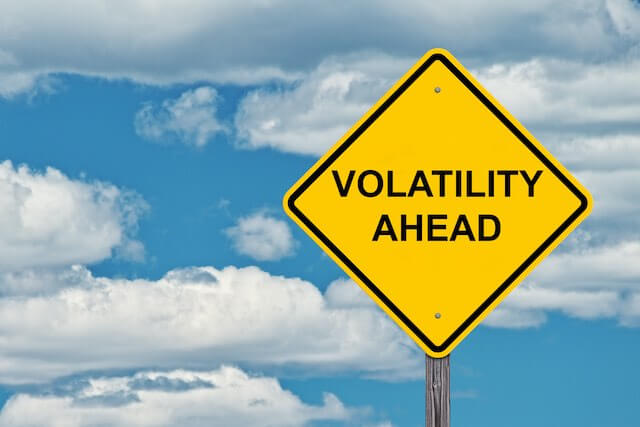The TSP is an incredible tool in preparing for retirement and thousands have become millionaires within its funds. But as all experienced feds know, not all of the TSP funds are created equal.
For example, if someone invests 100% in the G fund then he/she will generally have a vastly different experience from someone who invests 100% in the C fund.
But are there some funds that are simply better (or worse) even after we take into account their volatility?
Let’s dig in…
Back of The Pack
Most people expect that if they pick an investment that is relatively volatile then that investment should have the potential to grow more over time.
People also know that if they don’t take any risk (like investing in the G fund), they certainly won’t lose money but they won’t earn much either especially after inflation.
This is why those that invest in the C fund expect to earn more over time but also know that their accounts values can drop as well.
Some people might expect me to say that I believe the G fund to be the worst fund because it doesn’t have a lot of growth potential. While the G fund is rarely the best choice for the bulk of a portfolio, the return is very appropriate for the amount of risk that you take on by investing in it.
The I fund, on the other hand, is a different story. At least over the last 10 years, the risk (volatility) has been relatively high with a mediocre return.
This chart gets into the numbers:
| 10 Year Average Return | Annual Standard Deviation (Volatility) | |
| G Fund | 2.00% | 0.3% |
| F Fund | 3.68% | 3.8% |
| I Fund | 6.08% | 17.8% |
| C Fund | 14.04% | 18.3% |
| S Fund | 13.51% | 20.4% |
Note: Standard deviation is a common metric to measure the volatility/risk of an investment. The higher the standard deviation, the bigger the potential swings (up and down) tend to be.
As the chart shows, while the standard deviation for the S and C fund are high, so are their average returns.
The I fund has a relatively high volatility but has not grown nearly as fast as the C or the S funds over the last 10 years.
But Before You Sell…
So are there any reasons to still invest in the I fund even though it has underperformed over the last few decades?
Yes, there definitely are.
One of the biggest reasons to still invest in the I fund is for diversification. In other words, not keeping all of your eggs in one basket.
The U.S. stock market has done incredibly well over the last 10 years but it is impossible to know what the next 10 years will bring.
Being diversified can help you stay on track with your goals even when some companies and countries aren’t performing very well.
Happy Medium
In most cases, it doesn’t make sense to invest in extremes such as 100% G fund or 100% I fund.
The best strategy is to find an investment plan that matches your goals and that you are comfortable with both when the market is up and when the market is down.
Just like most things in life, we all need to find a happy medium that makes sense for our own situation.





